search
date/time
 | Yorkshire Times A Voice of the Free Press |

Phil Hopkins
Commissioning Editor
@philhopkinsuk
12:00 AM 6th September 2025
travel
The Man Behind The Third Man
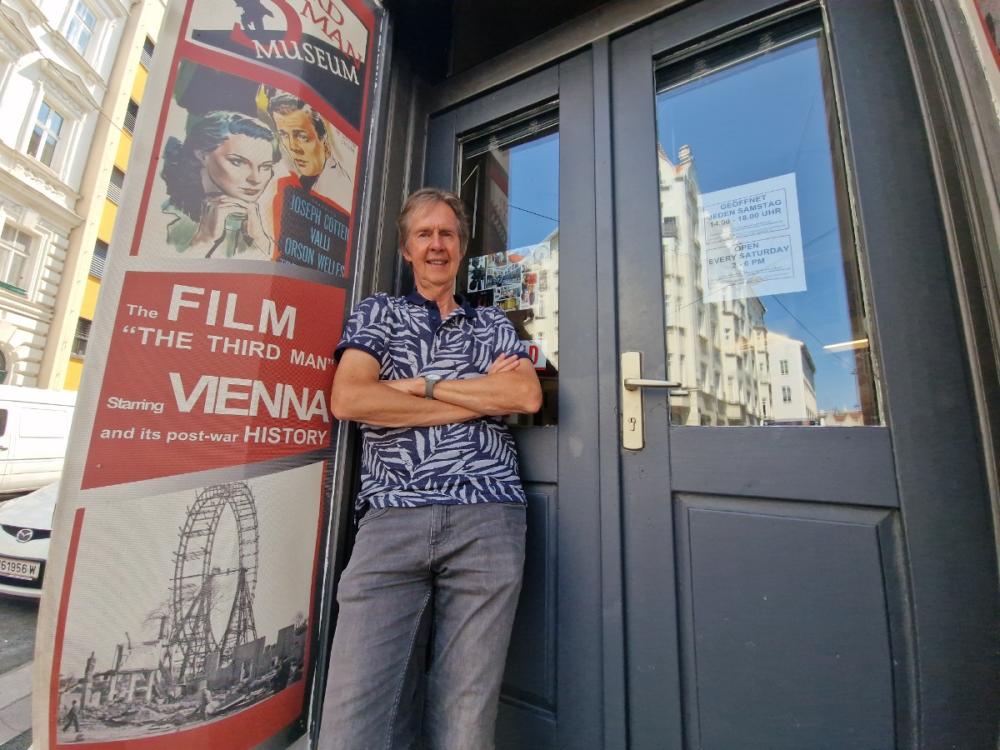
Self-confessed obsessive Gerhard Strassgschwandtner!
But, many years on from when he and Karin Höfler first tied the knot, far from becoming a victim of the Austrian capital’s Family Court, the CEO of Vienna’s The Third Man Museum has achieved something amazing: his long-suffering wife has, somehow, come over to his way of thinking!
Karin chips in: “To all women married to collectors, please heed this serious warning: should your partner ever try to decorate your office space with movie posters just be aware! Left unchecked, this could lead to a huge cinema projector arriving on the scene and your office desk may be transferred to your apartment.”
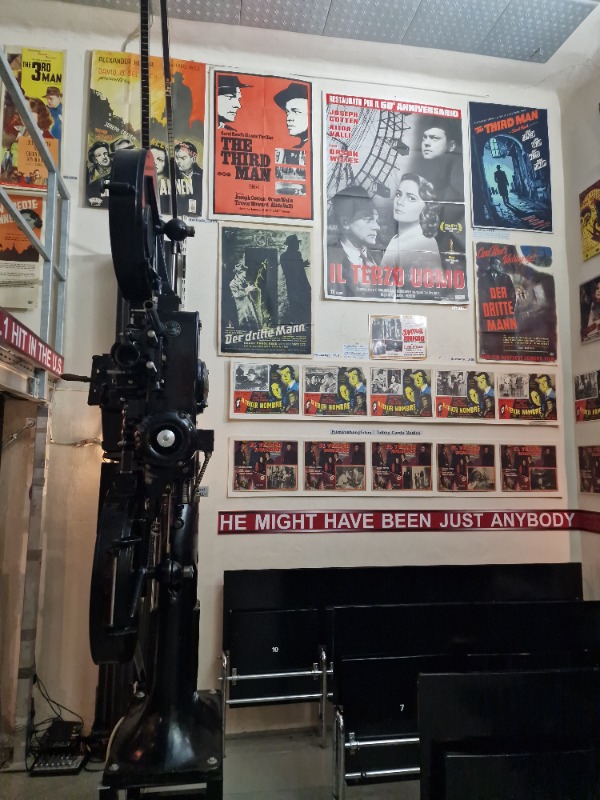
Stretching across 16 rooms in a substantial ground floor building on Preßgasse 25, a short walk from the Ringstraße, Vienna’s 3.3-mile circular boulevard linking many of the capital’s most important architectural landmarks, the huge collection, inspired by the movie and Graham Greene’s script, features 3,200 original exhibits from more than 30 different countries.
“It has been amassed over more than 30 years,” says Gerhard, “leading to the opening of the museum in 2005.”
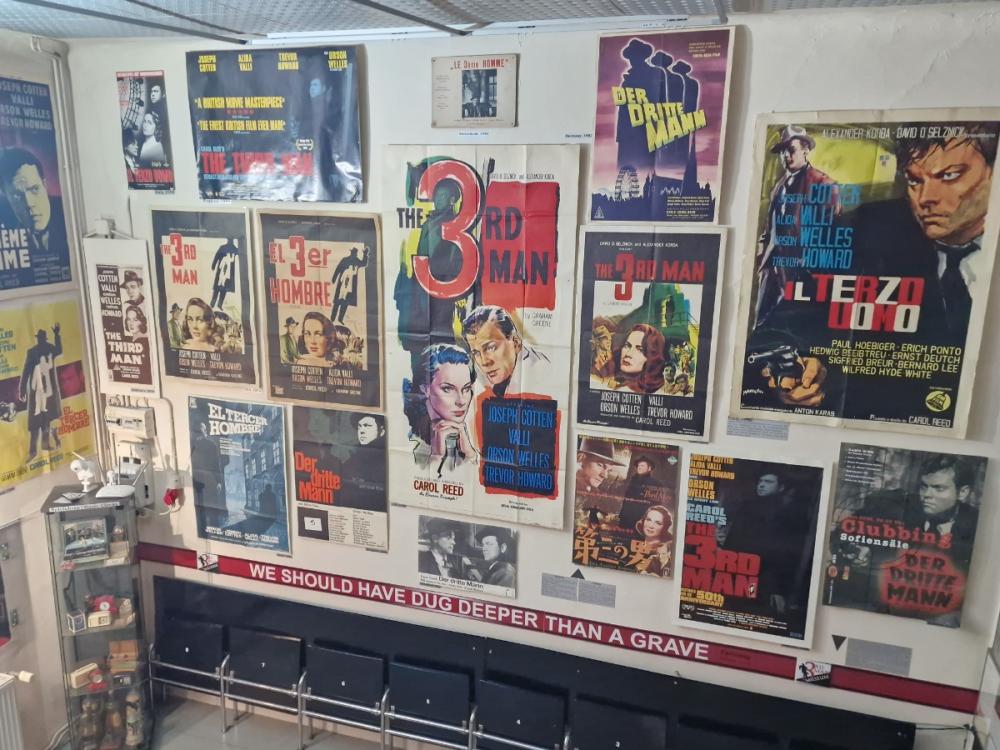
One of Vienna's best kept secrets
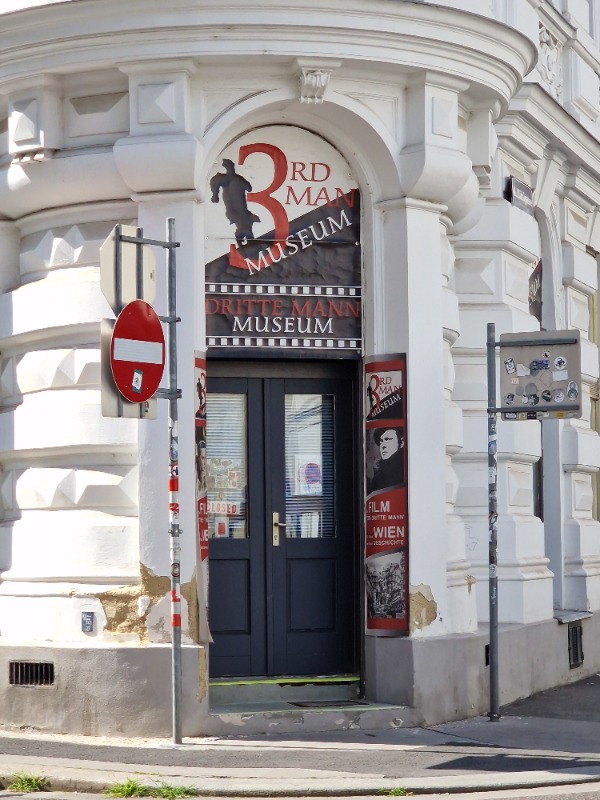
Located at Preßgasse 25
The story follows American pulp novelist Holly Martins (Joseph Cotten) who arrives to visit his friend, Harry Lime, only to learn he has been killed in a car accident.
As Martins investigates, he uncovers a complex black-market scheme and the horrifying truth: Lime (Orson Welles) faked his own death.
But, more than that, the film, which won the Palme d'Or at Cannes and an Academy Award for Cinematography, is now regarded as a film noir masterpiece, consistently ranked as one of the greatest films ever made, especially in the British film canon.
“My husband,” says Karin, “is a hunter and collector: He hunts and collects everything and anything relating to the film classic.
“Over the years, our apartment gradually filled up with The Third Man memorabilia but, when Gerhard suggested we open a museum, I was truly shocked.
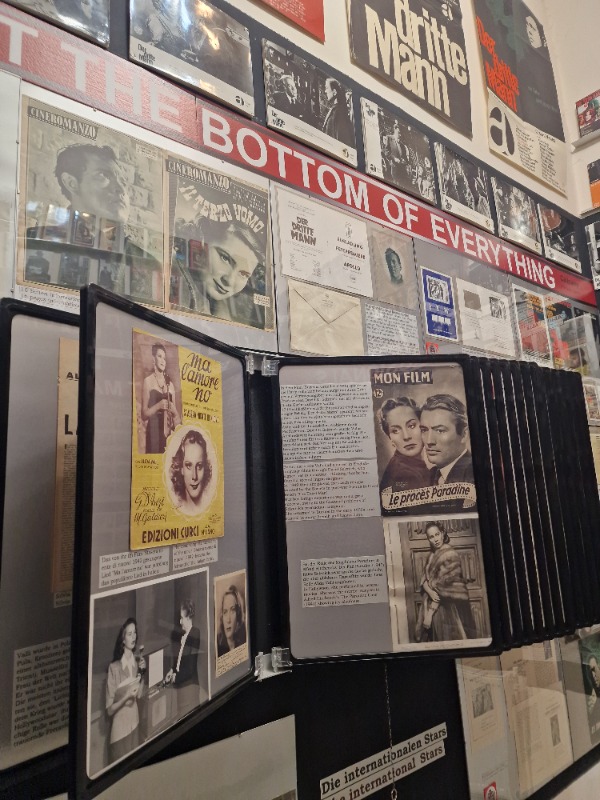
But, whilst it attracts hundreds of international visitors every year, it is largely overlooked by the Viennese and, despite being one of the finest examples of 1940’s film making in the world, does not even attract funding from Vienna’s political masters, who remain quite content to maintain the graves of Beethoven, Strauss and other musical greats, out of the city’s public purse.
“The museum also serves to document life in Vienna from 1945 to 1955, using original documents, photos, and artifacts to illustrate the daily struggles of a city divided into four occupied zones by the Allied powers: USA, Great Britain, France, and the USSR.
“This part of the museum provides a powerful and often sobering look at the period, including the black market, bombed-out buildings, and the political tensions of the time,” said Gerhard
And it is that very aspect that makes the visitor attraction a near pariah for some Viennese.
“The Third Man may have been a global hit everywhere else but, to the Viennese, it represented something they preferred to forget: not only a bombed-out city but a belief among the local population that they were among the first victims of Hitler.
“They (the film’s characters) inhabit a city where the law of the jungle holds sway, after moral standards have successively been eroded by the citizens’ complicity in the crimes of the Nazis……the Viennese (were able) to cast themselves as passive victims, conveniently veiling their Nazi past.”
He said that it wasn’t until the 1980’s that a ‘new truth’ was able to emerge.
“During my school years in the 1970’s I was not educated much – or rather not at all – about WWII and the occupation period.
“(However) in countless conversations, faced with many different opinions and political views, I was allowed to learn that there is not one single truth only.”
Gerhard might be the first to concede that the film enabled him to experience his own epiphany about WWII but, for other Viennese, it is possibly something they would rather forget, and a way of achieving this is to avoid a museum that might unintentionally remind them.
Cinematographer Robert Krasker used expressionistic, high-contrast lighting and "Dutch angles" (tilted camera shots) to create a disorienting, unstable visual style.
And, of course, there was the now iconic ‘Harry Lime Theme’ score penned by famous zither player Anton Karas: a haunting and, often, jaunty melody that runs in contrast to the grim events on screen.
But perhaps, one of the most iconic images from the movie was the backdrop of the Würstelprater amusement park’s Riesenrad, or Ferris wheel, a key scene that featured a verbal duel between the two main protagonists, Welles’ Harry Lime and Joseph Cotten’s Holly Martins.
“Did you know that they couldn’t even film that at the Prater?” said Gerhard. “At the time it was part of the ‘Russian Quarter’ and the Soviets would not let Western camera crews into the area.”
Explaining that it was all done in a studio setting my host, delighted that he was in the company of another film buff, gestured me to another room where the Ferris wheel set used in the movie was located, along with a cardboard cut-out of Orson Welles.
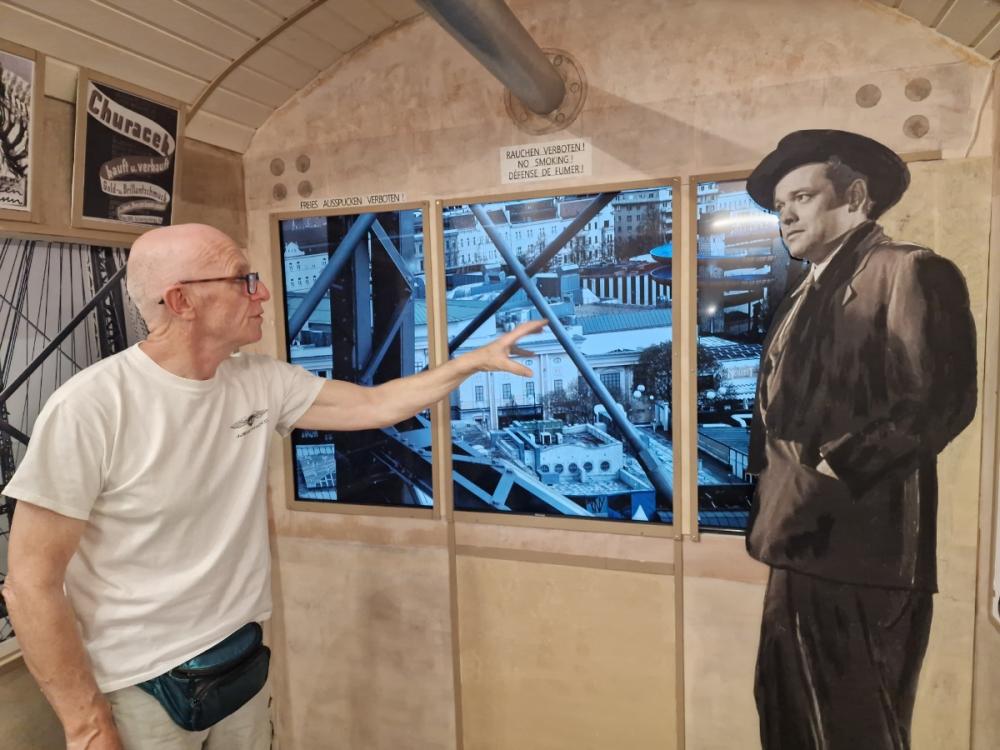
.....and action!
He began clicking. “More natural, more enthusiasm,” he urged as if directing the movie.
For a moment the spirit of Carol Reed was in the room and, for all of 10 seconds, I was a movie star!
The Third Man Museum, Preßgasse 25, 1040 Wien, Austria
www.3mpc.net
Opens
Saturdays 2-6pm. Adults €12. Concessions for children and Seniors.
Vienna Tourism – www.wien.info
Travel
Leeds to Manchester Airport – www.tpexpress.co.uk
Flight – Ryanair – www.ryanair.com